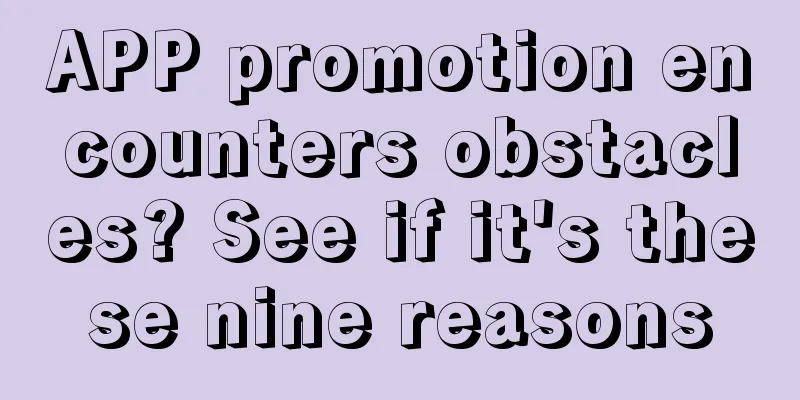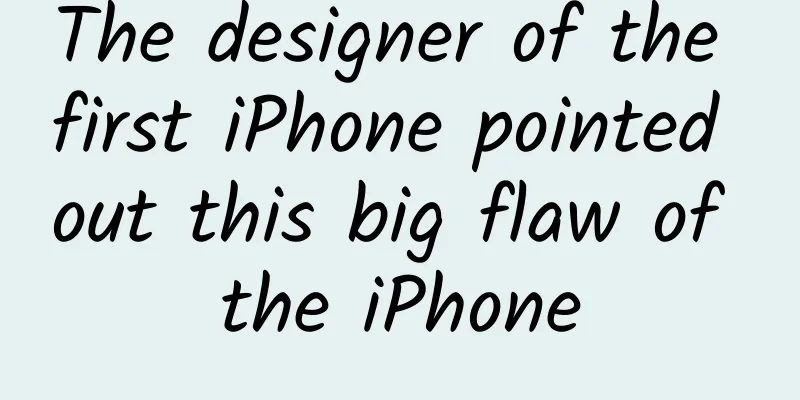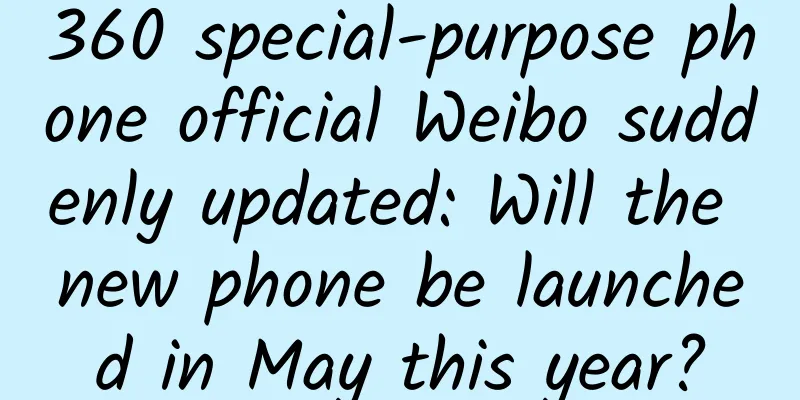Apple Pay's most practical function has been released. Can it be used to defeat WeChat and Alipay?

|
Even though my iPhone had automatically updated to iOS 13.4.1 in the early morning, I didn’t know that Apple Pay now supports Shenzhentong until I woke up and checked my Moments this morning. But then again, even if my reaction is so slow, I am still much faster than Apple compared to the speed at which Apple Pay supports bus cards, because the last time a bus card supported Apple Pay was two years ago.
Two years, two cards The two cards added this time are Shenzhentong and Beijing-Tianjin-Hebei interconnection card. Both cards support the traffic interconnection function. With the same card, you can use it on the traffic interconnection card machines in many prefecture-level cities across the country. However, it should be noted that even though the Shenzhentong card has the Lingnantong logo printed on it, because the Shenzhentong has not yet been connected to the Lingnantong system, this card can only be used as an ordinary Shenzhentong that supports traffic interconnection. As for the Chengdu Tianfutong, Hong Kong Octopus and Alipay cards that were rumored to be added to this version, they are still missing. In other words, in the past two years, Apple has only negotiated two public transportation cards in mainland China. Compared with other domestic mobile phone brands that have more than ten cards, Apple Pay is obviously not well adapted to the local environment. Although with the help of the Transportation Union, Shenzhentong and Beijing-Tianjin-Hebei Jiatong Interconnection Cards can be used in 275 cities across the country, there are still differences in preferential measures between these "foreign cards" and "local cards", which also makes this Apple Pay update destined to be a "carnival for a few people". The slow update progress also makes people wonder "How difficult is it for mobile phones to support public transportation cards? Isn't it better to simply simulate the cards?" Different “ways”, no cooperation To answer this question, we have to clarify a concept first. The application scope of these bus cards is no longer limited to "buses". In addition to taking the subway, bus or taxi, the "bus cards" in many cities can also be used for small purchases. Hong Kong Octopus can even be used for sign-in and access control. Behind these usage scenarios, there are their own fee settlement systems. For example, the subway is settled by the subway company, and the bus is settled by the bus company. The "bus card" is just an agent selected by them. Just like the access cards for different communities have different frequencies, there are also different standards between different settlement systems. Therefore, when mobile phone manufacturers negotiate with a local bus card company, there are bound to be many technical difficulties. The most direct manifestation of this technical difference is the Suika card for the Japanese iPhone. Japan has a well-developed private railway system, and the settlement systems of different railways are also different. Therefore, on the Suika card, they did not use the more common ISO standard, but adopted the FeliCa standard developed by Sony, which also brought technical obstacles to the iPhone's access to the Suika card. In order to capture the Japanese mobile payment market, Apple used different hardware in different market versions of mobile phones for the first time, adding the FeliCa standard to the Japanese iPhone 7, so at that time only the Japanese iPhone 7 could be bound to the Suika card.
But in subsequent models, Apple has added the same wireless technology standards to all models sold in the market. So what is the difficulty for iPhone to support our city bus card? It's all about money Since there is no technical obstacle that cannot be overcome, the breakdown of negotiations is purely a commercial act. Simply put, if a mobile phone does not support a certain city's bus card, it is probably because "the two parties did not reach an agreement on the price." If a mobile phone brand wants to access a certain bus system, it will inevitably affect the issuance of local buses, so an "entrance fee" is inevitable. If the mobile phone brand thinks that the money is not worth spending, the access to the bus card will naturally slow down, or even put the whole plan on hold. Moreover, with the development of transportation union and UnionPay QuickPass, even if the mobile phone is not connected to the bus card of a certain city, local users can still pay the fare directly through the transportation union or QuickPass, using the Union Transportation Card or bank card. As for the fact that users cannot enjoy the transfer discount, it is not something that the mobile phone brand should consider. For example, in Guangzhou and Shenzhen, since the subway and buses support UnionPay QuickPass, you can directly use your mobile phone to bind your bank card to pay for the ride, and the overall usage process is very similar to the original bus card. In addition, QuickPass can call the Apple Pay channel without the need for separate settlement, so this "curve-saving" solution has been quickly promoted to many cities. Then the question arises again, since you can directly use bank cards to complete payment, why does Apple still add Shenzhen Pass in iOS 13.4.1, and will add Lingnan Pass in the future? The reason is very simple, too few people use Apple Pay. Apple Pay has a long way to go Although Apple Pay accounts for a high proportion of mobile payments in the global market, the prospects of mobile payments such as Apple Pay and Samsung Pay in the mainland are not clear due to the significant differences between the mainland's financial market and consumer habits and those abroad. Let me explain another concept here. Apple Pay and WeChat and Alipay's QR code payment all belong to the category of "contactless payment" and "mobile payment", but the former relies on near-field communication technology, while the latter relies on the more familiar QR code scanning. Let's talk about the situation abroad first. Because the financial system developed earlier, when we were still using Nokia feature phones, some developed countries had already completed the popularization of bank cards and POS machines. Because people have formed the habit of "usually swiping cards, small amounts of cash, and tipping with change", after entering the era of mobile payment, they will naturally choose the more familiar contactless payment, that is, bank card payment or Apple Pay near-field communication payment.
However, since there is a certain threshold for applying for a POS machine, and the bank will charge a certain fee. Therefore, most small businesses in China prefer to use cash transactions, or there is no "channel commission" transaction method. Take the fruit stall downstairs from my house as an example. If the boss wants to support Apple Pay, he needs to apply for a license and buy a POS machine from the bank. Then for every bag of fruit sold, the bank and UnionPay of the POS machine will charge it a channel share. But if you use Alipay or WeChat Pay, all the money will be directly deposited into his balance, and you can use the balance to pay directly when you consume, and there is no withdrawal fee. With this comparison, merchants will naturally choose a payment method that is more suitable for them. Without a mass base, Apple Pay will naturally face difficulties in the future. So the addition of two new bus cards this time seems to me to be the first step for Apple Pay to save itself. Although scanning a QR code to ride a bus is already very common, Apple Pay's "tap the card" method is not only more efficient, but also more user-friendly, especially when the phone battery is low or there is no signal at the subway station. With the help of transportation alliance, Apple can cultivate new payment habits among users across the country: when users are used to the efficiency and convenience of "swiping cards" with their phones, they will naturally use Apple Pay more. Only by cultivating user habits can Apple Pay gain a firm foothold in China's mobile payment market. |
<<: Can 5G messaging impact WeChat and Alipay?
>>: After several major WeChat updates, you may not know these 8 useful tips
Recommend
Even if you don't log in to WeChat, if these files are not deleted, others can view the chat history
I guess many people log in to WeChat on their com...
Analyze and summarize the experience details of label design from three aspects!
In mobile products, labels are not the core conte...
Starting from March 1 next year, WeChat and Alipay personal payment codes will not be used for business payment collection. Media clarification
[[436923]] Recently, there has been news that per...
Advertising creativity is highly homogenized. How can we break the deadlock?
What should we do if our creative ideas become ho...
How to do a good job in the market for a new APP: cheating, deceiving, kidnapping, deceiving, stealing
In the mobile game market, if a marketer wants to...
Nearly 20% of users have upgraded to iOS 15, and the speed has dropped significantly compared to 14
[[427118]] It has been 10 days since iOS 15 was r...
From 0 to 1: Basic knowledge of mobile Internet advertising
I have been in charge of advertising since the en...
Why is the number of views always low? Five data indicators that short video operators need to pay attention to
Data analysis is a very necessary part in short v...
Growth Case丨Designing a growth experiment for Keep
Growth is a process of continuous experimentation...
Mr. Yuefeng 20211128 Mr. Yuefeng's lecture internal training part 2 video
Mr. Yuefeng 20211128 Mr. Yuefeng's lecture in...
A complete review of the 2018 Spring Festival marketing, take the four major tricks for free!
The longest road I have walked is the routine of ...
Strategies for operating Douyin and attracting fans!
In the past few days, there have been many people...
The reasons and solutions for the restricted traffic of Tik Tok!
With the advent of 5G in 2019, short videos, as t...
Online Promotion: How to plan a successful event?
How is a complete event planned and implemented? ...
The 10 most recommended iOS apps of all time
To celebrate the App Store's 10th birthday, A...









